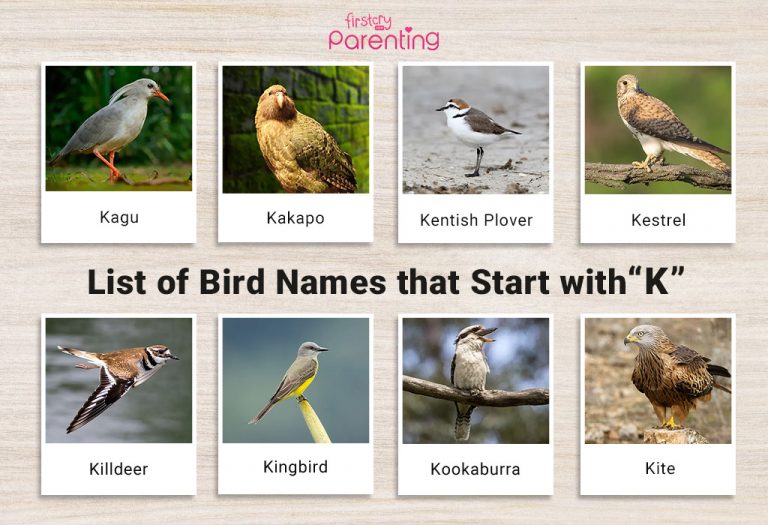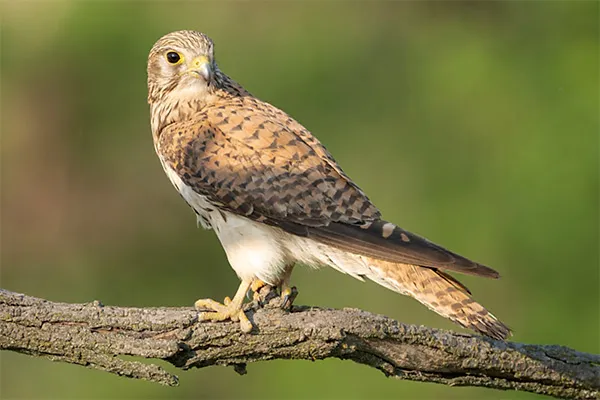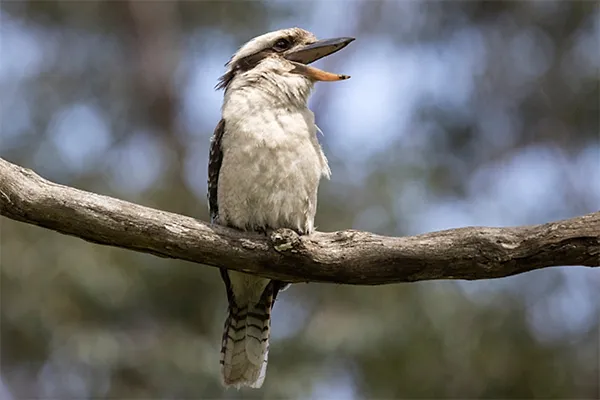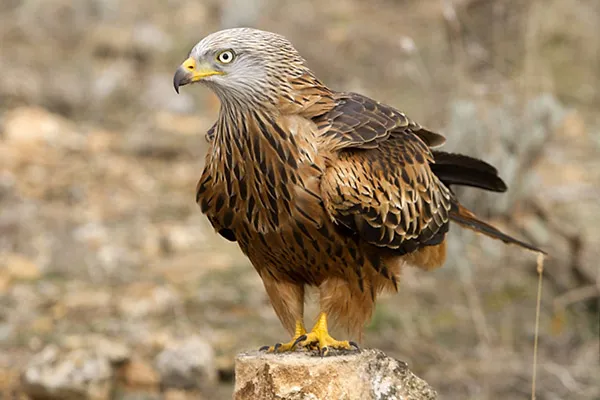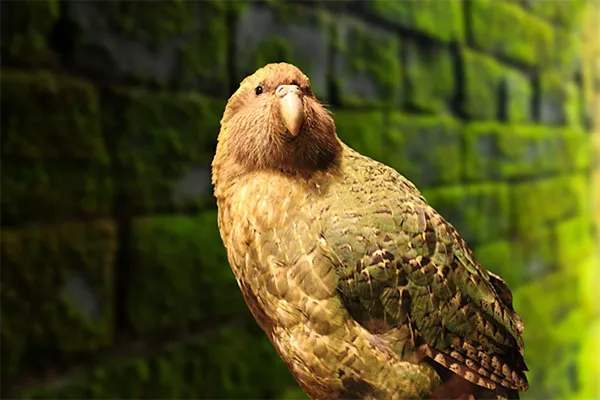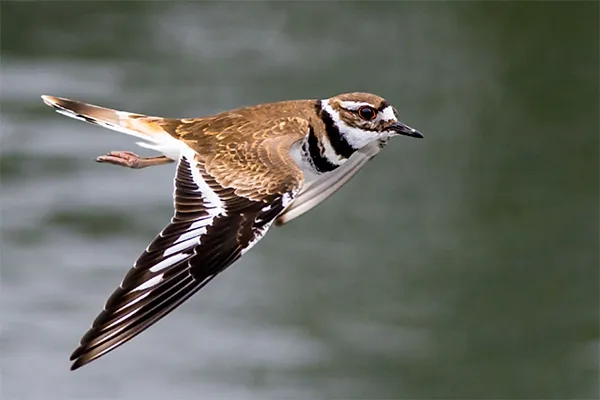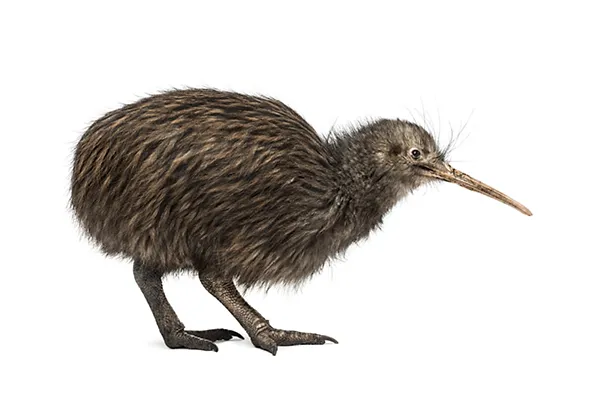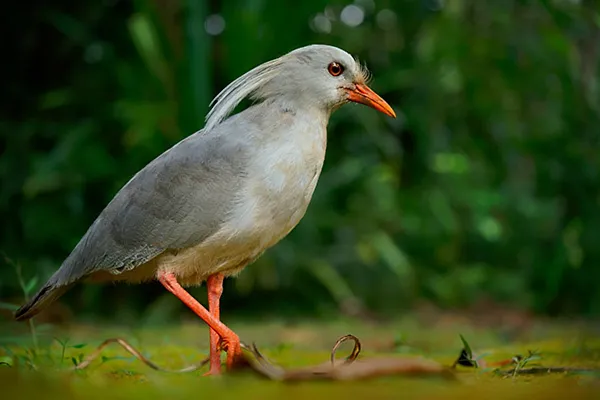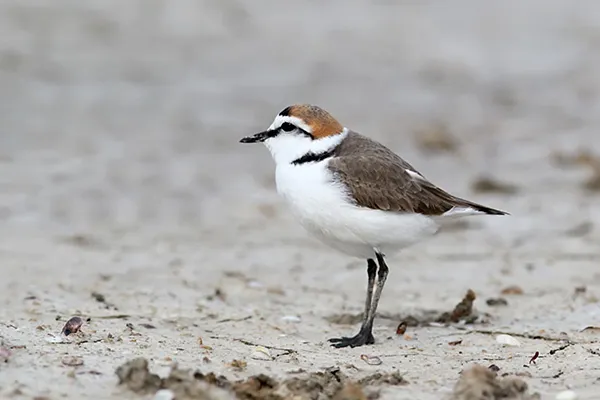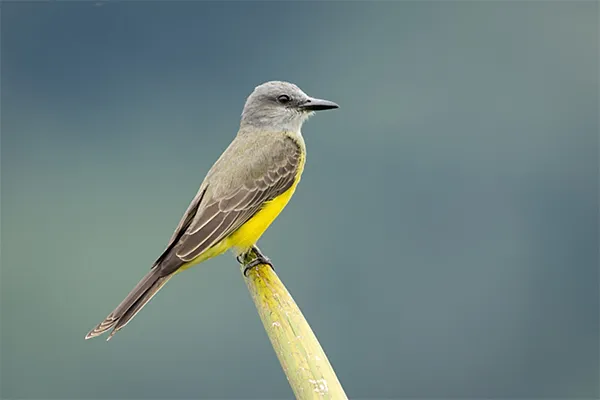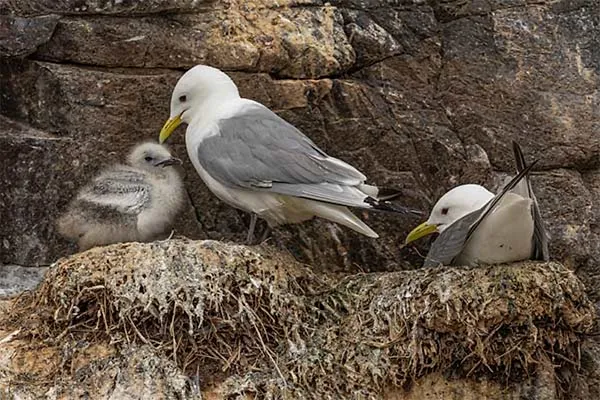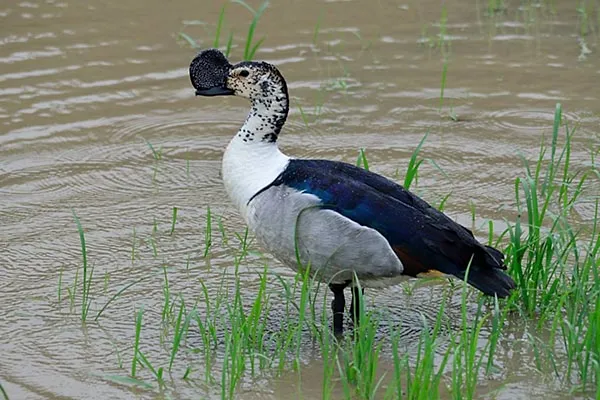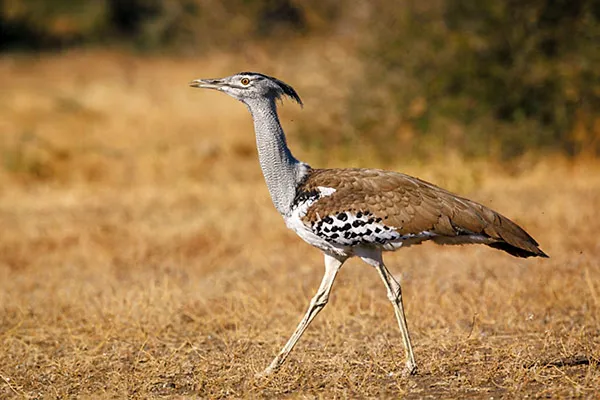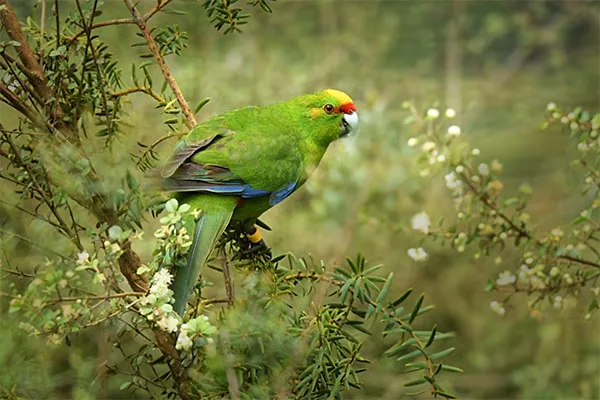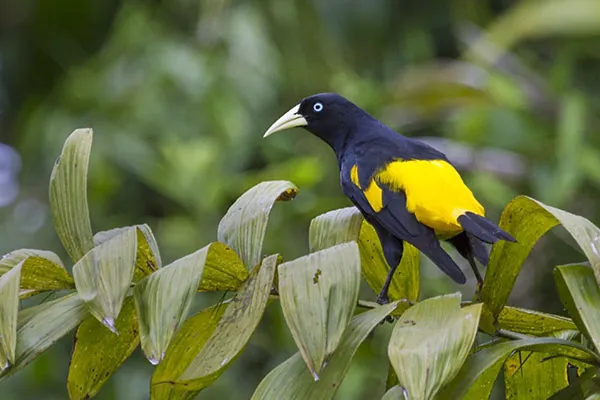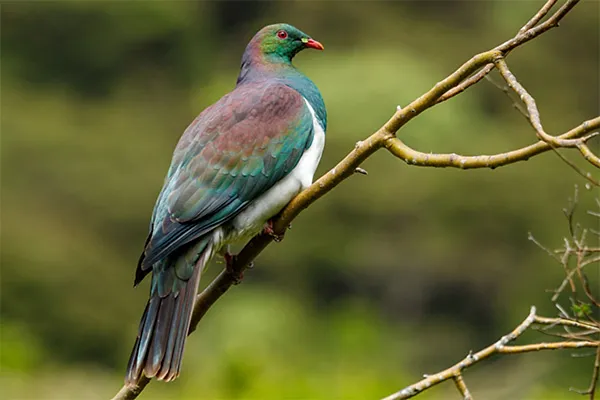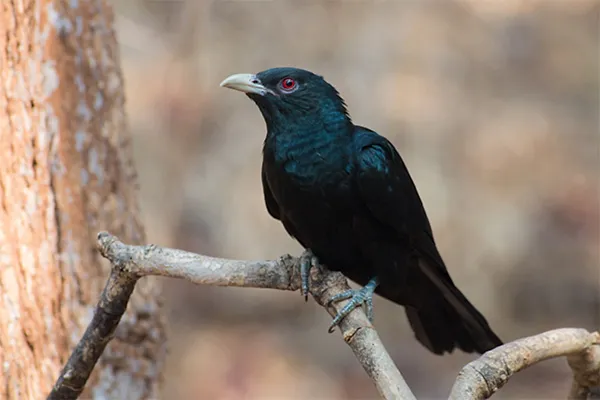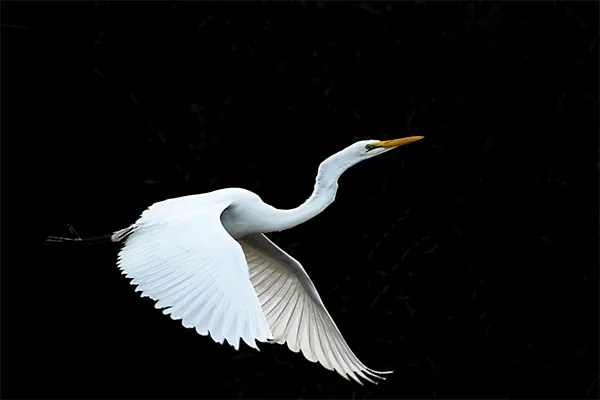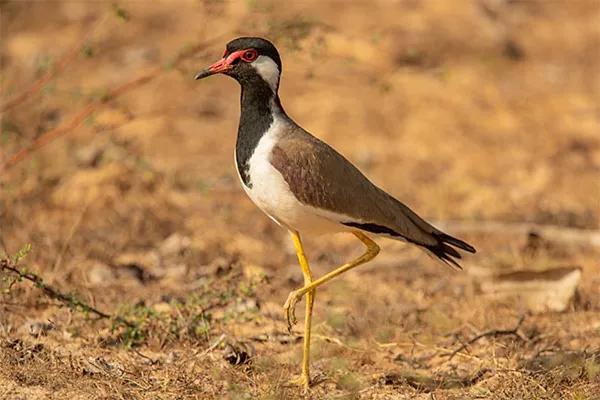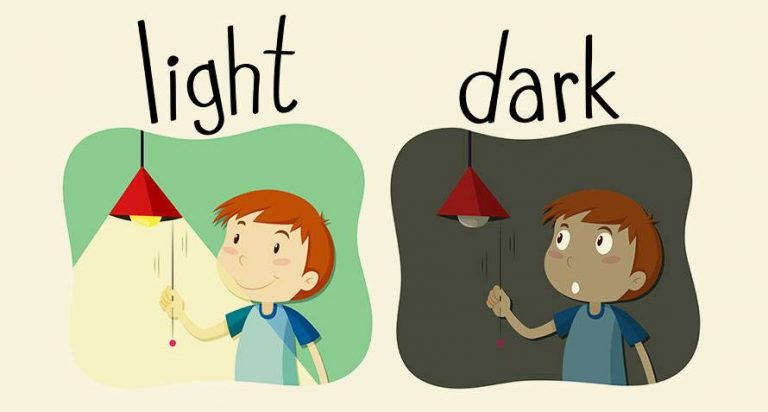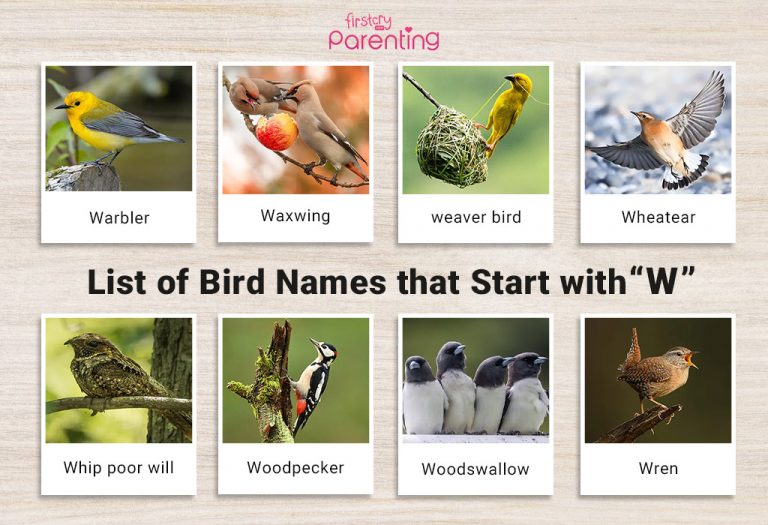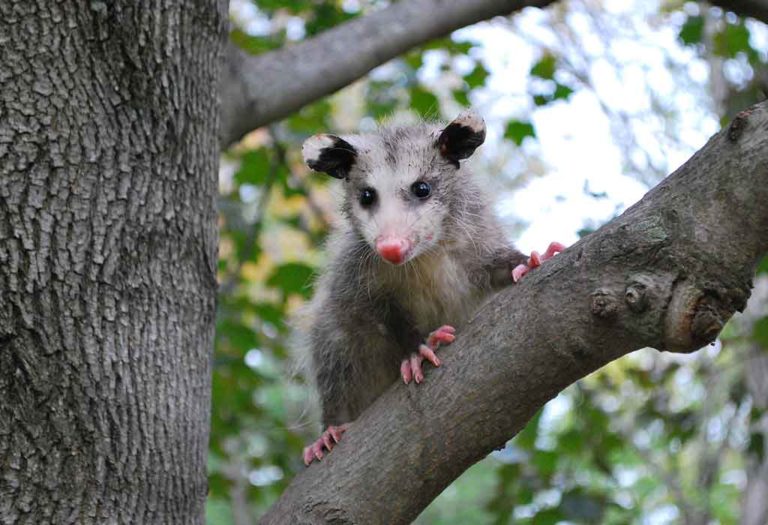List of Birds That Start With K
When exploring the captivating world of avian creatures, there’s something particularly delightful about discovering bird names that start with the letter K. Whether you’re a seasoned ornithologist or simply looking to expand your kids’ vocabulary, this list offers something to everyone. From kingfishers to kites, this curated collection is an excellent resource for everyone, especially those keen on introducing ‘K’ letter bird names for preschoolers and kids. For many young learners, introducing birds is more than just a biology lesson; it’s a fun way to engage with language and the environment. Dive into this exciting list and let your curiosity fly!
List of Common Birds That Start With K
When we think of birds beginning with the letter K, some may not immediately come to mind. But a deeper dive into the world of ornithology reveals a variety of fascinating species, each with its unique characteristics and quirks. Below is an exploration of common and intriguing bird names with K.
1. Kestrel
Scientific Name: Falco tinnunculus
Where is it Found: Throughout Europe, Asia, and Africa in various habitats, including forests, fields, and urban areas.
Often seen hovering over open fields, the kestrel is a small falcon with a reddish-brown back and tail. Its pointed wings and distinctive black stripe running down its cheek.
Interesting Facts:
- Kestrels have the unique ability to keep their heads still, even in gusty winds. This fantastic adaptation allows them to spot prey from a distance.
- They are also one of the few birds known to be able to see ultraviolet light, helping them track the urine trails of small mammals.
2. Kookaburra
Scientific Name: Dacelo novaeguineae
Where is it Found: Native to Australia, they’re commonly found in open woodlands, forests, and urban gardens.
Known for their iconic laughing call, kookaburras are large, stocky birds with bold white and dark eye stripes. They have a prominent, large bill handy for catching prey.
Interesting Facts:
- The kookaburra’s laugh isn’t just for fun—it’s a territorial call.
- These birds are also known to eat snakes, often bashing them against a tree or the ground to kill them before consumption.
3. Kite (Red Kite)
Scientific Name: Milvus milvus
Where is it Found: Across Europe and parts of North Africa. They prefer open wooded areas, farmlands, and sometimes suburban locales.
With a russet-red body, striking white patches under the wings, and a deeply forked tail, the red kite is a marvel to watch in flight.
Interesting Facts:
- Red kites often engage in aerial acrobatics, especially during courtship.
- These birds were once so common in medieval London that they were considered a nuisance.
4. Kakapo
Scientific Name: Strigops habroptilus
Where is it Found: Native to New Zealand it is now limited to a few off-shore islands after conservation efforts.
Kakapos, also known as “night parrots”, are large, nocturnal, flightless parrots with greenish-yellow plumage and a distinct facial disc of sensory feathers.
Interesting Facts:
- Kakapos are critically endangered, with a known population of just a few individuals.
- Their unique, booming courtship call can be heard kilometres away.
5. Killdeer
Scientific Name: Charadrius vociferus
Where is it Found: Throughout the Americas, in open areas like fields, beaches, and parking lots.
The Killdeer is a slender plover, recognisable by the two black bands on its white chest. When in flight, its orange rump is easily visible.
Interesting Facts:
- Killdeers are known for their “broken-wing” act. When predators approach their nest, they pretend to have a broken wing to lure the threat away, only to fly away when they’ve drawn them far enough.
6. Kiwi
Scientific Name: Apteryx
Where is it Found: Forests of New Zealand
Kiwis are flightless birds with shaggy brown feathers, long beaks, and a keen sense of smell. They are the size of a domestic chicken.
Interesting Facts:
- Despite being flightless, Kiwis have tiny, almost invisible wings.
- They also have the largest egg-to-body weight ratio of any bird.
7. Kagu
Scientific Name: Rhynochetos jubatus
Where is it Found: Endemic to the dense forests of New Caledonia, a group of islands in the southwest Pacific.
The Kagu is a near-flightless bird with ash-grey plumage, bright orange legs and bill, and striking red eyes. Its long legs make it an adept runner through the forest floor.
Interesting Facts:
- The Kagu has a nasal corn, a peculiar feature not found in many birds.
- They also have a unique call that echoes through the forests. Interestingly, while they can fly, they usually opt to run or glide instead.
8. Kentish Plover
Scientific Name: Charadrius alexandrinus
Where is it Found: The sandy coasts of Europe, Asia, and North Africa.
The Kentish Plover is a small and delicate bird with a white underbelly, light brown upper parts, and a black bill. During the breeding season, males can be distinguished by their black bands around the neck.
Interesting Facts:
- These birds are named after Kent, where they were first identified.
- Kentish plovers perform “tummy shading,” shading their eggs with their bodies to protect them from the direct sun.
9. Kingbird
Scientific Name: Tyrannus
Where is it Found: Throughout the Americas, in open and semi-open areas.
Kingbirds are medium-sized flycatchers with a grey head, white underparts, and often a bright patch of colour on the crown or tail. They have a strong and straight bill.
Interesting Facts:
- Kingbirds are fearless defenders of their territory and are known to chase away much larger birds, even hawks and crows.
- The name “kingbird” is derived from their aggressive nature.
10. Kittiwake
Scientific Name: Rissa
Where is it Found: The northern coasts of the Atlantic and Pacific Oceans
Kittiwakes are small, white gulls with black wingtips and a yellow bill. They have a distinct “kittiwake” call, from which their name is derived.
Interesting Facts:
- Unlike other gulls, kittiwakes spend most of their lives at sea, coming to land only for breeding.
- Their nests are often built on narrow cliff ledges, which can protect their chicks from predators.
11. Knob-Billed Duck
Scientific Name: Sarkidiornis melanotos
Where is it Found: Freshwater lakes and swamps across tropical Africa and South Asia.
This unique duck is characterised by its large knob on the bill, especially prominent in males. They have a glossy green head, white neck, and chestnut brown body.
Interesting Facts:
- Also known as the “Comb Duck”, the knob-billed duck often perches on trees, which is unusual for ducks.
- Their distinct knob can be used to determine age and dominance among males.
12. Kori Bustard
Scientific Name: Ardeotis kori
Where is it Found: Open Grasslands of Africa
One of the heaviest birds capable of flight, Kori Bustards are impressive with their tall stature, greyish-brown plumage, and black crest on the head.
Interesting Facts:
- Kori bustards have an elaborate mating dance where the male inflates his throat and fans out his tail.
- Despite their capability, they prefer to walk and will fly only when necessary.
13. Kakariki
Scientific Name: Cyanoramphus
Where is it Found: Mainly on the offshore islands of New Zealand.
Kakarikis are small parakeets with bright green plumage. They have a red patch on their forehead and a stripe of the same colour behind the eye, giving them a distinctive appearance.
Interesting Facts:
- Kakarikis are agile flyers, often seen darting through forests with rapid wing beats.
- Their name “Kakariki” is a Māori term that translates to “small green parrot”.
14. Kapok Tree Bird
Scientific Name: Cacicus cela
Where is it Found: Amazon rainforest of South America.
This medium-sized bird has a black body, a prominent yellow rump, and a striking blue eye. Its powerful, conical bill is suitable for its diet of insects and fruit.
Interesting Facts:
- Named after the tree they frequently inhabit, the Kapok tree bird often builds its hanging nest on the branches of the Kapok tree.
- They are social birds often seen in groups, creating a cacophony of calls.
15. Kereru
Scientific Name: Hemiphaga novaeseelandiae
Where is it Found: Forests of New Zealand
Also known as the New Zealand pigeon, the Kereru has a distinctive white belly and metallic green and blue plumage on its head and wings.
Interesting Facts:
- The Kereru plays a vital role in New Zealand’s ecosystem. It is one of the only birds capable of swallowing and dispersing the seeds of large native trees.
- Their loud wing beats can often be heard when they fly overhead.
16. Koel
Scientific Name: Eudynamys scolopaceus
Where is it Found: Across South Asia, China, and Southeast Asia in woodland and urban areas.
Koels are large cuckoos with glossy black males and spotted brown females. They have a long tail and a sharp, curved bill.
Interesting Facts:
- The Asian Koel is a brood parasite, which means it lays its eggs in the nests of other bird species, leaving the host bird to raise its young.
- Their haunting calls, which sound like “ko-el,” give them their name and are often associated with the Indian subcontinent’s warm summers.
17. Kotuku (White Heron)
Scientific Name: Ardea alba modesta
Where is it Found: Wetlands across New Zealand.
The Kotuku, or White Heron, has long, slender legs and a curved neck. Its entire body is covered in pristine white feathers, and its sharp, yellow bill makes it a magnificent sight against the green wetlands.
Interesting Facts:
- In Maori culture, the Kotuku is a symbol of rarity and beauty.
- It is said that a visit from a Kotuku brings good fortune.
18. Kulik Bird
Scientific Name: Vanellus indicus
Where is it Found: Wetlands across South Asia.
More commonly known as the Red-wattled Lapwing, the Kulik bird has a loud and distinct call. It has a brown body, a black cap, and its most distinguishing feature, the red fleshy wattle in front of each eye.
Interesting Facts:
- These birds are very protective of their ground nests. They are known to dive-bomb intruders, including humans, to defend their territory and chicks.
Other Birds Beginning With K
While we’ve touched upon several prominent and fascinating birds that start with the letter K, there’s an even broader spectrum of avian wonders awaiting the curious. Whether they are known for their captivating beauty, unique calls, or peculiar habits, every bird starts with the letter K, adding a feather to the rich tapestry of the avian kingdom. Here are some more to pique your interest:
- Kakapo
- Kakariki
- Kaka
- Kamchatka Leaf Warbler
- Karoo Thrush
- Kashmir Flycatcher
- Kea
- Kelp Gull
- Kenrick’s Starling
- Kentish Plover
- Kenyan White-eye
- Kerguelen Shag
- Kestrel
- Key West Quail-Dove
- Khao Yai Sunbird
- Kikuyu White-eye
- Kilimanjaro White-eye
- King Eider
- King Quail
- King Rail
- King Vulture
- King-of-Saxony Bird-of-paradise
- Kingbird
- Kingfisher
- Kinglet
- King Penguin
- Kirtland’s Warbler
- Kittiwake
- Kiwi
- Knob-billed Duck
- Knob-tailed Nightjar
- Knysna Turaco
- Knysna Warbler
- Koel
- Kokako
- Kookaburra
- Korean Bush Warbler
- Kosrae Fruit-dove
- Kosrae Starling
- Kurrichane Thrush
- Kupe’s Shrike-babbler
- Kyambangunguru
FAQs
1. How many bird species have names starting with the letter K?
There are dozens of bird species with names that start with the letter K, ranging from well-known ones like the Kingfisher to the more obscure ones like the Kirtland’s Warbler.
2. Are all K-named birds found in the same region?
No, birds with names starting with the letter K are found worldwide, from the Kiwi in New Zealand to the Kestrel spread across Europe, Asia, and Africa.
From kookaburras to kingfishers, birds beginning with the letter ‘K’ offer a captivating glimpse into the diverse world of avian wonders. Their unique behaviours, habitats, and sounds remind us of the rich tapestry of life that graces our planet.
Birds Names That Begin With (A to Z)
| A | B | C | D | E | F | G | H | I |
| J | K | L | M | N | O | P | Q | R |
| S | T | U | V | W | X | Y | Z |
Was This Article Helpful?
Parenting is a huge responsibility, for you as a caregiver, but also for us as a parenting content platform. We understand that and take our responsibility of creating credible content seriously. FirstCry Parenting articles are written and published only after extensive research using factually sound references to deliver quality content that is accurate, validated by experts, and completely reliable. To understand how we go about creating content that is credible, read our editorial policy here.





